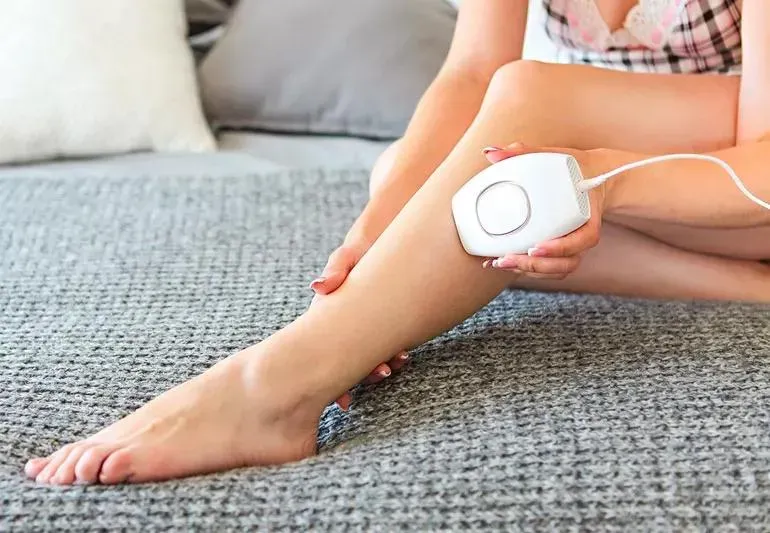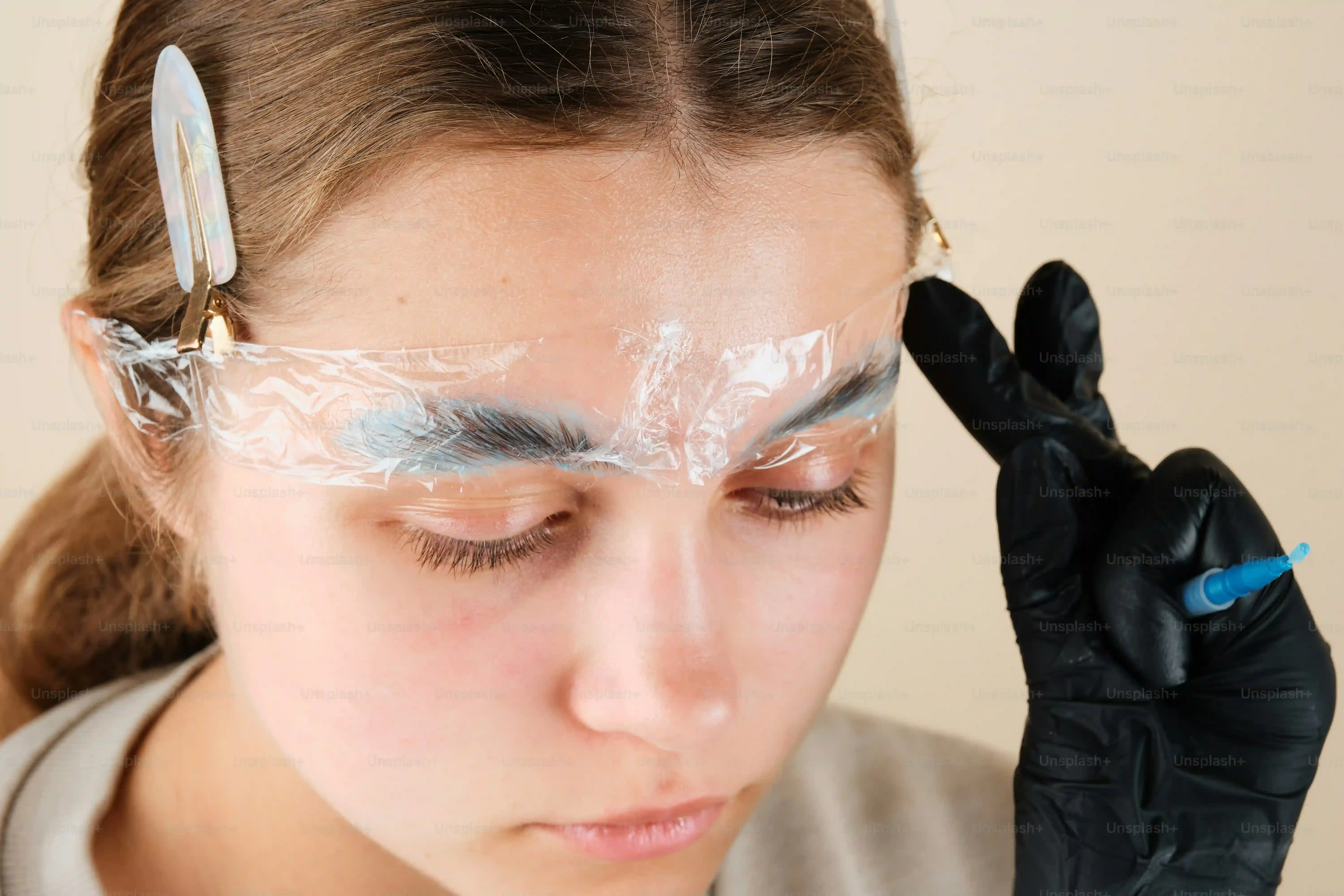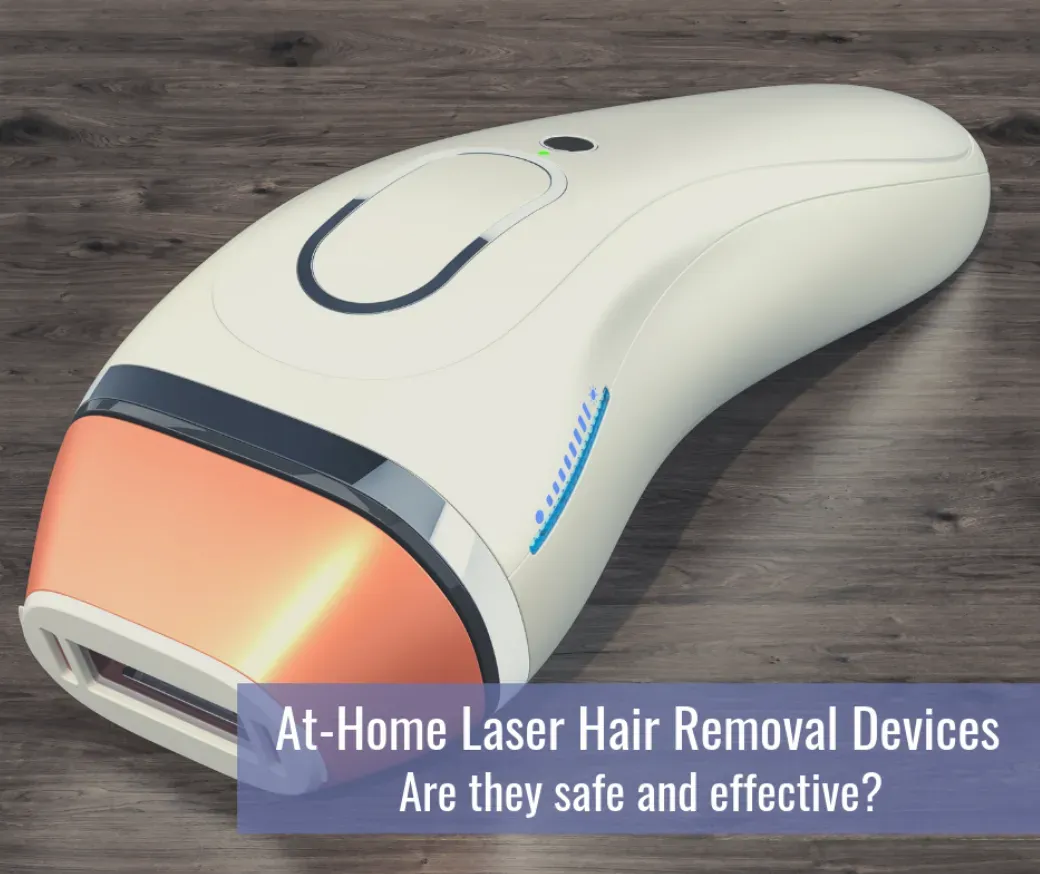Table of Contents
Dreaming of silky-smooth legs or underarms without the constant shaving or painful waxing? You're not alone. The convenience of tackling unwanted hair from your couch is pretty tempting, and the market is flooded with devices promising salon-quality results at home. It makes sense why so many people are eyeing those sleek gadgets. But before you click 'add to cart', a big question looms: is at home laser hair removal safe? It's easy to get swept up in the marketing hype, seeing flawless skin in every ad, but the reality is a bit more nuanced. These devices use concentrated light, and while designed for consumer use, they aren't without potential pitfalls. Understanding what these machines do, how they work, and the actual risks involved is crucial. This isn't just about getting rid of hair; it's about doing it without causing yourself harm. We'll cut through the marketing spin and look at what makes at home laser hair removal safe, or potentially not so safe, so you can make an informed decision about bringing one into your bathroom.
Understanding At Home Laser Hair Removal Safety

Understanding At Home Laser Hair Removal Safety
When you see "at home laser hair removal" splashed across ads, it sounds pretty straightforward, right? Zap, and the hair's gone. But peeling back the layers on Understanding At Home Laser Hair Removal Safety reveals it's a bit more involved than just point-and-shoot. These devices typically use intense pulsed light (IPL) or diode lasers, both hitting the pigment in your hair follicle to damage it and slow growth. The idea is to deliver enough energy to affect the follicle but not so much it burns your skin. It’s a delicate balance, and getting it wrong is where the safety questions pop up. Unlike professional machines that are way more powerful and operated by trained pros who assess your skin type and hair color precisely, the home versions are dialed down significantly. This lower power is what supposedly makes them safe for you to use without a license, but it also impacts how well they work and how many sessions you'll need to see results, if any.
Are At Home Laser Hair Removal Devices Truly Safe?

Are At Home Laser Hair Removal Devices Truly Safe?
So, the big question remains: are at home laser hair removal devices truly safe? The short answer is, generally yes, *if* used correctly and *if* you're the right candidate for them. Regulatory bodies like the FDA in the US have cleared many of these devices, which means they've met certain safety standards for consumer use. However, "cleared" doesn't mean zero risk. The lower power output compared to professional machines definitely reduces the chance of severe burns or permanent scarring, which is a major plus for safety. But misuse, like treating areas not meant to be treated (tattoos, moles, eyes), using them on inappropriate skin tones or hair colors, or just plain ignoring the instructions, can absolutely lead to problems. Think temporary redness, swelling, itching, or even paradoxical hair growth in rare cases. It's not a magic wand; it's a medical device, and it demands respect and careful handling to be truly at home laser hair removal safe.
What could go wrong if you aren't careful?
- Skin redness or irritation (most common)
- Temporary changes in skin pigment (lighter or darker spots)
- Blisters or crusting (less common, often from misuse)
- Scarring (rare, usually from severe burns)
- Eye injury (if used too close to the eyes without protection)
- Increased hair growth (paradoxical hypertrichosis, rare but documented)
Choosing a Safe At Home Laser Hair Removal Device

Choosing a Safe At Home Laser Hair Removal Device
Look for the Right Safety Certifications and Features
Alright, so you've decided the at-home route *might* be for you, provided you can find a device that makes at home laser hair removal safe. Strolling through online marketplaces or browsing store shelves can feel overwhelming. There are dozens of gadgets, all promising the moon. Your first filter? Look for reputable brands and, more importantly, certifications. In the US, FDA clearance is the bare minimum. It means the device has been reviewed and deemed substantially equivalent to existing, legally marketed devices regarding safety. It doesn't guarantee perfect results or zero risk, but it's a start. Beyond that, check for built-in safety features. Many devices have skin tone sensors that prevent flashing if your skin is too dark for safe treatment. This is a big deal. Others have contact sensors, requiring the device head to be flush against your skin before it will emit a pulse, reducing the chance of accidental flashes into the air or, gulp, your eyes. Don't skimp here; these features are your first line of defense against mishaps.
Know Your Skin and Hair Type Compatibility
This is perhaps the most critical factor in making at home laser hair removal safe and effective: understanding if the device is even designed for you. Most at-home IPL and diode laser devices work best on light skin tones with dark hair. Why? Because the light targets the pigment (melanin) in the hair follicle. Lots of melanin in the skin means the light can get absorbed by the skin instead of the hair, leading to burns or pigmentation changes. If you have dark skin or very light hair (blonde, red, grey), these devices are likely ineffective at best and dangerous at worst. Reputable manufacturers will have clear charts indicating which skin tones and hair colors their device works on. Ignore this at your peril. Thinking you can just power through with the wrong device is like trying to use a screwdriver as a hammer – it won't work right, and you'll probably just hurt yourself. Always check the compatibility chart before buying.
Key Safety Features to Check For:
- FDA Clearance or other relevant regulatory approval
- Integrated Skin Tone Sensor
- Contact Sensor
- UV Filter (especially for IPL devices)
- Clear instructions and warnings
- Reputable manufacturer with customer support
Real Risks and What to Expect with At Home Laser Hair Removal

Real Risks and What to Expect with At Home Laser Hair Removal
Potential Side Effects You Might Actually See
Look, the brochures show flawless, airbrushed skin, but let's be real. While at home laser hair removal safe is the goal, minor side effects are pretty common. The most likely scenario? You'll finish a session feeling like you have a mild sunburn. Redness, a bit of swelling around the treated follicles, maybe some itching. This stuff usually clears up within a few hours, maybe a day. It’s your skin reacting to the heat pulse. Less common, but still possible, are temporary changes in skin color. You might get lighter or darker patches. This is often linked to using the device on skin that's a bit too dark for it, even if the sensor allows it, or not following pre/post-treatment sun exposure rules. Blistering or crusting? That's a sign you likely pushed it too far, maybe too high a setting for your skin or too many passes over the same spot. It's not supposed to happen if used correctly, but it's a risk of improper technique.
Managing Expectations and When to Stop
Here's where the rubber meets the road on Real Risks and What to Expect with At Home Laser Hair Removal. These devices are *not* magic wands for instant, permanent hairlessness. You're looking at needing multiple sessions, often spread out over several months, to see a significant reduction. And even then, it's usually reduction, not total elimination. Hair might grow back thinner or patchier, requiring maintenance treatments. Don't expect to treat your entire back or both full legs in one sitting; these devices are best for smaller areas due to treatment time and head size. The results are typically less dramatic and slower to appear than professional treatments, say, at a place like hairawaybylaser.com. More importantly, you need to know when to put the device down and step away. If you experience blistering, significant pain that doesn't subside quickly, or pigment changes that last more than a day or two, stop using the device in that area. Continuing could lead to scarring or more permanent issues. Sometimes, DIY isn't the answer, and that's okay.
Signs you need to stop using the device immediately:
- Severe pain during or after treatment
- Blistering or open sores
- Crusting
- Significant, persistent skin discoloration
- Any signs of infection
Making an Informed Choice About At Home Hair Removal
So, is at home laser hair removal safe? The short answer is, generally yes, but with significant caveats. These devices are designed with lower power than professional machines, which reduces the risk of serious burns or damage when used as directed. However, they aren't foolproof. Misuse, ignoring skin tone guidelines, treating inappropriate areas, or simply expecting too much can lead to disappointing results at best, and irritation or temporary pigment changes at worst. They require patience, consistency, and a strict adherence to the instructions provided. While they offer convenience and a potentially lower upfront cost compared to clinic treatments, they don't deliver the same power or versatility. Ultimately, deciding if an at-home device is right for you means weighing the convenience against the limitations and understanding that 'safe' doesn't mean risk-free. It's about being realistic and prioritizing careful use over quick results.
